The Year of Arbitrum Orbit
Layer 2 (L2s) have solidified their role as the most successful implementation of the Ethereum scaling roadmap.
Among those, Arbitrum and Optimism have always had fierce competition to attract projects and talents to build on top of their L2 - often referred to as the L2 wars.
At first, this was a war to establish an essential infrastructure for L2s and gather an initial critical mass of protocols and users.
Now that they are thriving, the next step of this fictional war is for who will attract more projects to build on top of their stack.
In doing so, they chose different approaches.
While Arbitrum focused more time and effort on perfecting its tech stack and decentralized governance, Optimism adopted a more lean approach, which can be summed up as “emphasizing growth” - it’s all about trade-offs.
For more details on the L2 trade-offs, you can refer to my article below.
On L2 Security and the Trade-offs Between Tech and Business/Growth
To be or not to be, that’s the dilemma. For Layer 2s (L2s) things are a bit more complex than that… It’s not only about being, but also about how they want to be, which technological components to prioritize, and how to approach their product roadmap.
Eventually, these different trade-offs became evident as more and more protocols adopted the OP Stack, leading many to think that Arbitrum was losing the race.
However, this is not a race, but a marathon.
Year of the Orbit
If we analyze the data, Arbitrum still is the L2 with the most TVL, with over $2.5b, and one of the most entangled and composable DeFi ecosystems, with 500+ protocols live.
Orbit is part of Arbitrum's expansion plans, which will see its tech stack being leveraged by other projects building on top of it.
As part of these plans, there are already 50+ Arbitrum Orbit chains in development, with one of the Arbitrum founders speculating about 150+ Orbit chains by the end of the year.
What is Arbitrum Orbit?
Orbit is the Arbitrum stack allowing anyone to launch their chain permissionessly on Arbitrum One or Nova. It is the equivalent of the OP Bedrock stack where protocols can build their chain.
I have already dedicated an article on this blog to introduce Orbit:
How to Create your L3 on Arbitrum Orbit
L2s have dominated the narrative during this recent bear market with a handful of other niches. Luckily they have given us some entertainment in these dire times.
Arbitrum Orbit allows any developer to easily and permissionless launch their own L3 ecosystem that settles on Arbitrum’s chains
What can you build on Orbit?
When building on Orbit projects can decide whether they want to build an L2 or L3 on top of Orbit and whether they want to settle on Arbitrum One or Nova.
Depending on the necessary trade-offs between decentralization and performance, on Arbitrum Orbit you can decide whether to build:
Arbitrum Rollup
Arbitrum Anytrust
L3 for specific use cases
By creating their Orbit chain, projects can customize their throughput, privacy, gas token, governance, and more.
Why should a project be built on Orbit?
Gas Price Reliability: dedicated throughput and traffic isolation
Arbitrum Stylus: benefit from EVM compatibility
Arbitrum Nitro: leverages Arbitrum Nitro code upgrades
Independent Roadmap from Arbitrum
Customizable permissions: choose who can read and deploy data and smart contracts (permissionless/permissioned)
Choose Gas Token: whether it is ETH, ARB, or your token.
Account Abstraction / Transaction Fee Subsidization
Customizable protocol settlement/execution/governance
Low costs to launch a prototype
Differences with the Optimism model
Contrary to the OP model Arbitrum has chosen to develop a licensed model.
When building a new Orbit chain projects are given full permission to adapt the Arbitrum codebase to their own needs. These licenses are:
Perpetual — nobody can ever take the software license away from you
Recursive — the Orbit chain can itself host other chains governed by the same license
While devs can always deploy any L3 permissionlessly, launching a new L2 chain using the Orbit stack directly on Ethereum needs either a Custom license from Offchain labs or the approval of the Arbitrum DAO, which has discretion on whether to grant these licenses.
Almost as its trademark, Arbitrum prioritizes slower processes ensuring that checks and balances are put in place to ensure alignment between Arbitrum and Orbit-hosted L2 on top of it, while Optimism has always preferred to have a more rapid approach to market its tech stack.
What makes Orbit special?
One of the features differentiating Arbitrum Orbit from other L2 competitors is the “elastic block time”, where Orbit produces blocks elastically based on demand.
If there are a lot of transactions coming in, Orbit chains can produce as many as 4 blocks per second, but if the chain goes on without transactions, there will be no block.
Why is this a big deal?
Producing empty blocks is expensive, especially if they settle on Ethereum.
New chains that are just starting might experience significant hiccups in transactions, especially initially.
The elastic block time of Orbit allows them to save money in terms of L1 block settlement, as no empty blocks will be produced and no money wasted.
Cumulatively the elastic block times will increase capital efficiency for Arbitrum Orbit networks, here’s an example comparison with an OP stack chain, which produced 7.8m blocks even though it had only 577k transactions.
Furthermore, Orbit allows projects to build “Anytrust” chains that can leverage a customised Data Availability solution leveraging a Committee (DAC). In turn, this enables “ultra-low transactions of under a cent without compromising on security and trust-minimization”.
Orbit chains also benefit from Arbitrum Stylus, which allows them to write smart contracts in the most popular languages such as “Rust, C, and C++ while maintaining full EVM compatibility”.
Is anyone already building on Orbit?
There are already several projects building their L3 using Orbit:
The majority of these projects revolve around gaming, with others about DeFi, music, new ways to stream incentives, and much more.
With more Orbit chains coming soon, 2024 will finally show the potential of the Arbitrum tech stack at an infrastructural layer.
It is worth remembering that Arbitrum is a Stage 1 rollup, compared to Optimism which is still a Stage 0 given their lack of fault proofs live.
The benefits of a flourishing network of Orbit chains would also expand to ARB.
While most L3 will likely use their own native tokens for gas, the ARB token could also benefit from a supply sink from Orbit chains using it as a gas token.
Orbit has all the elements poised to be successful:
A flexible tech stack: All the developments from the codebase of Nitro while maintaining full independence
The network effect of Arbitrum
A strong treasury to stimulate growth
The Arbitrum DAO runs several grant programs for the ecosystem, so it is not far-fetched to foresee them using some of the treasury to stimulate builders on Orbit, such as gas fee subsidies and more.
At the same time, Orbit chains will open up new questions for governance, which one of the Arbitrum co-founders addressed in his new research piece:
https://research.arbitrum.io/t/security-and-governance-considerations-for-chain-clusters/9560
Are you ready to launch on Orbit with a constellation of new chains?
Undeniably Arbitrum has lost pace compared to Optimism concerning its tech stack adoption, are we going to see a change in 2024 with the launch of new Orbit chains?
Food for thought…
More on Orbit…
https://twitter.com/arbitrum/status/1717571952599089388
https://twitter.com/BFreshHB/status/1744741040916193422
https://twitter.com/sgoldfed/status/1744373637250011471


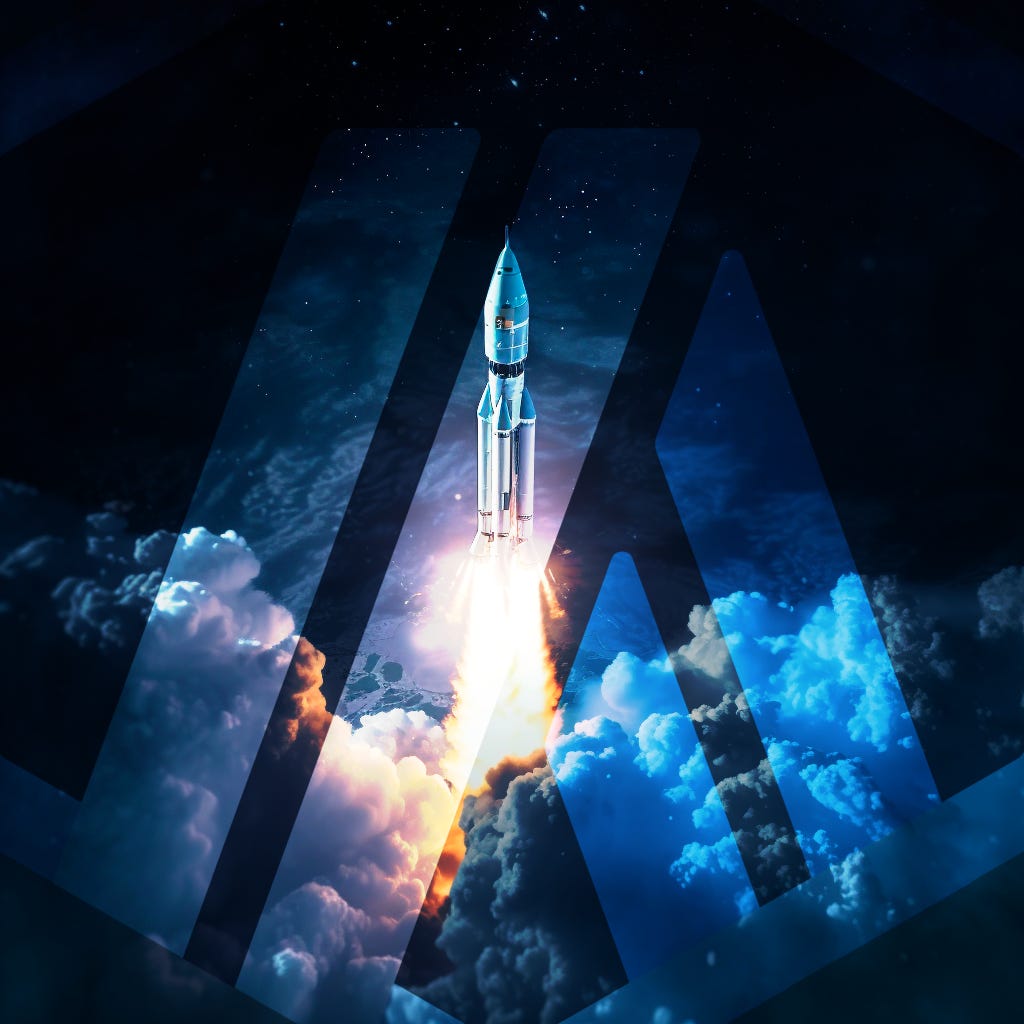



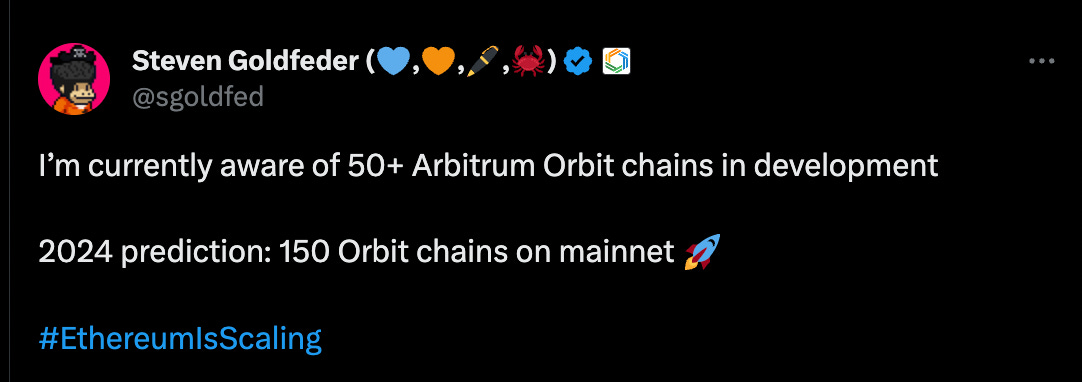



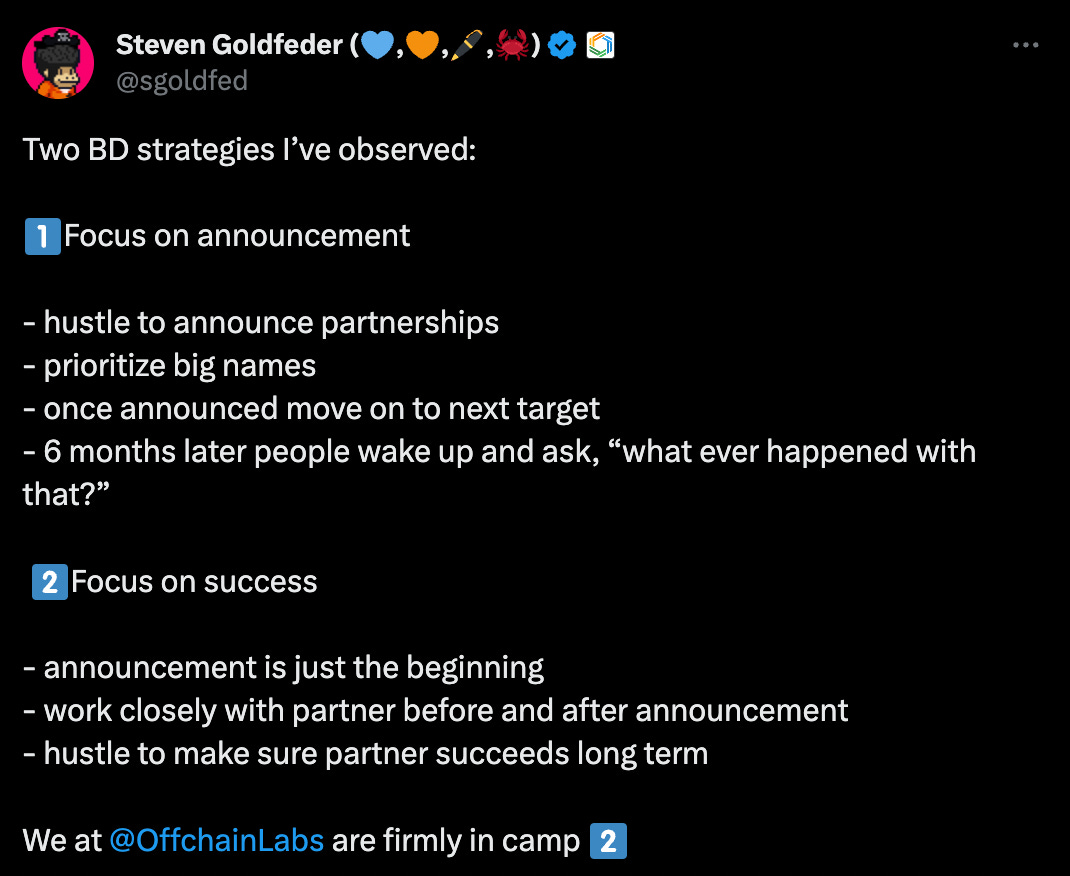

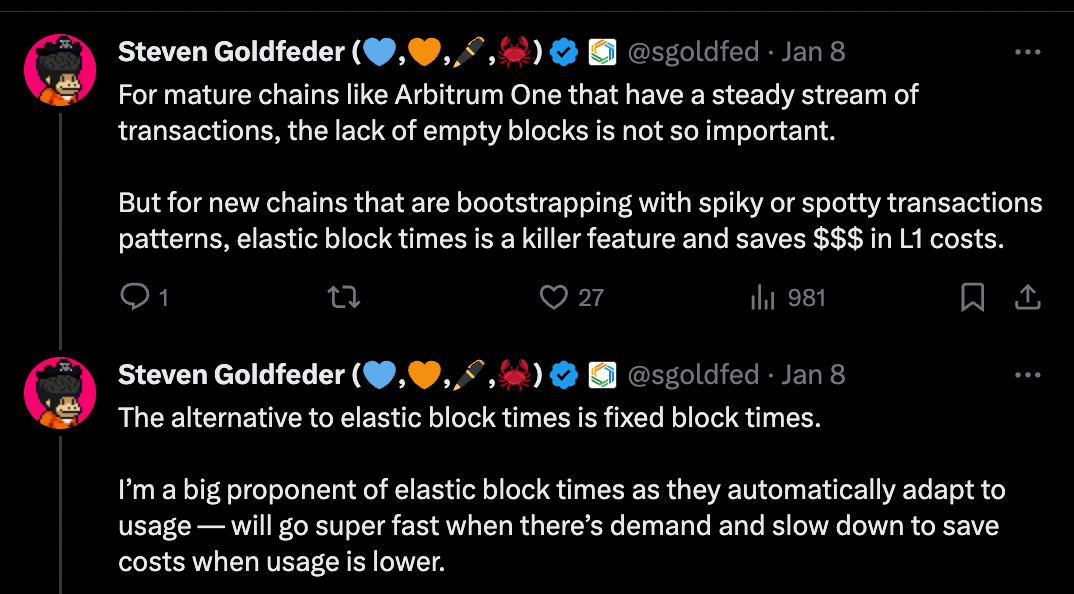


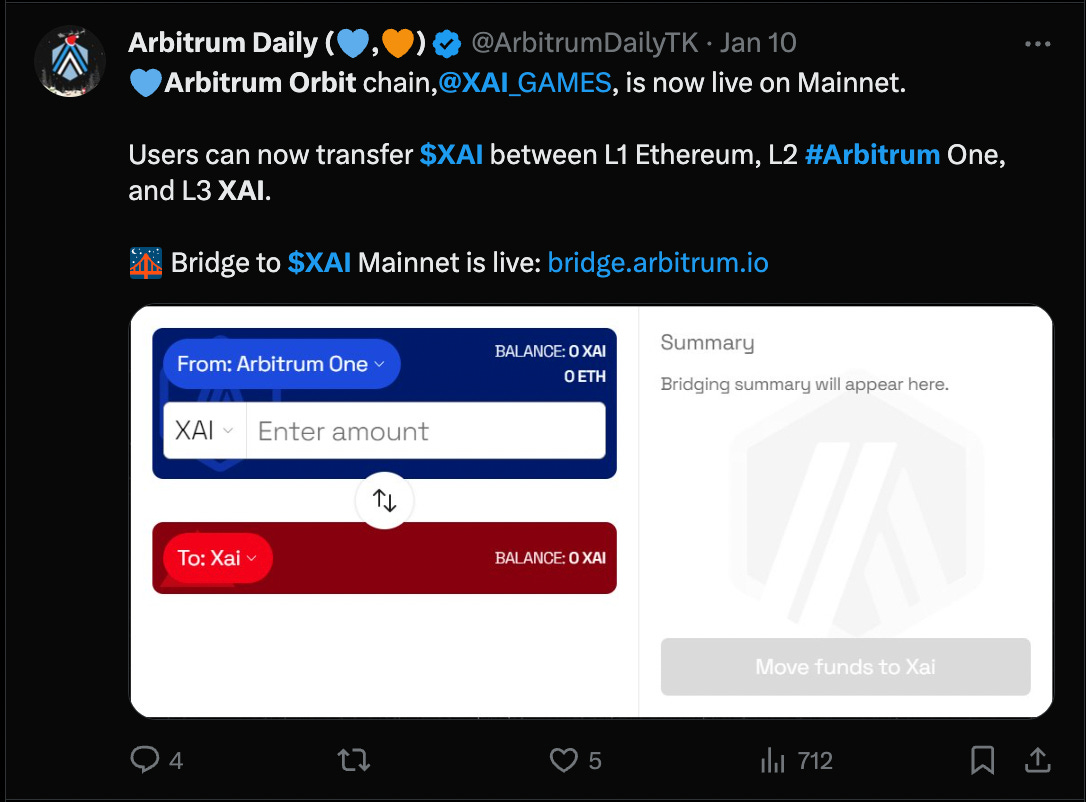
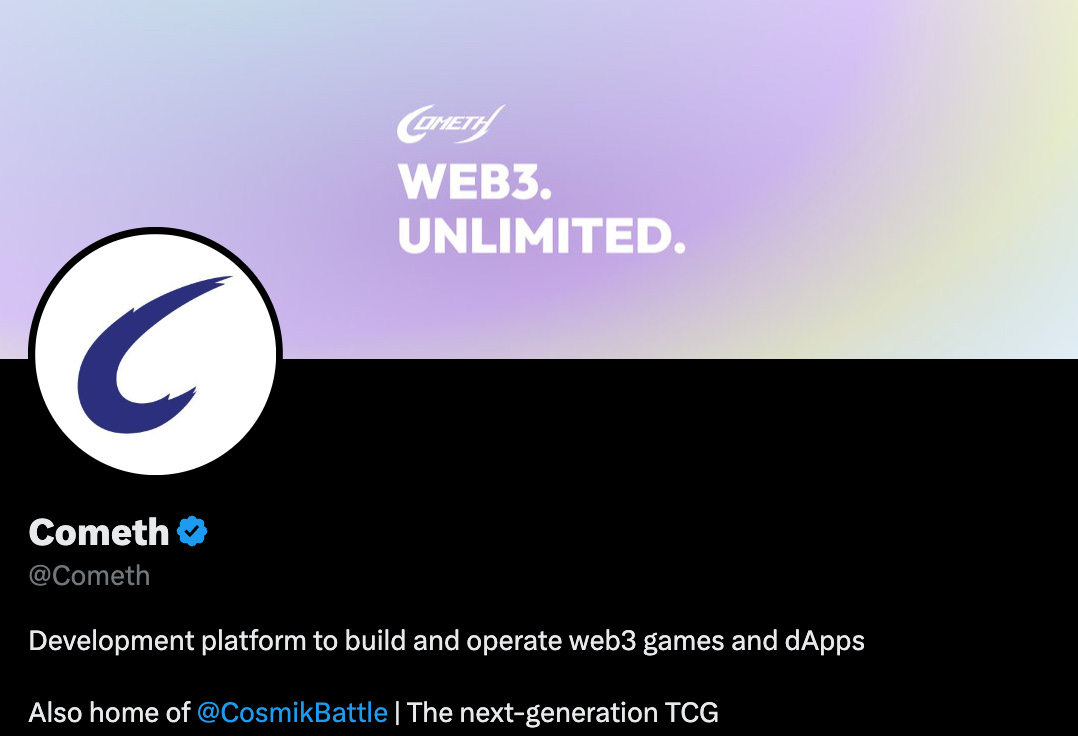


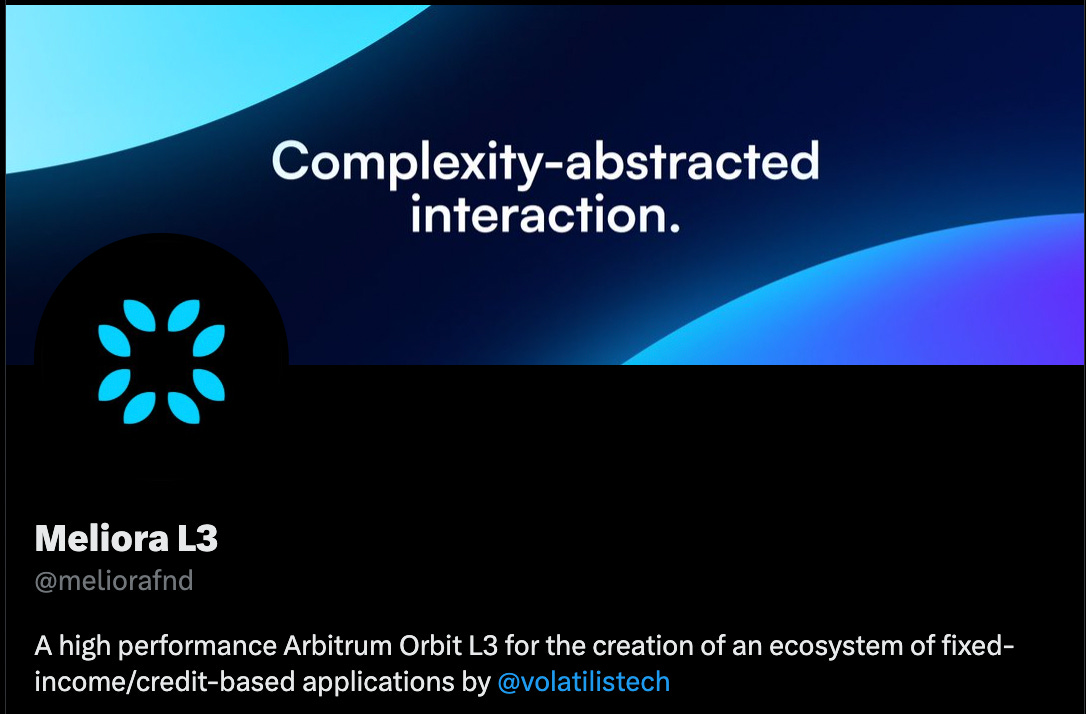







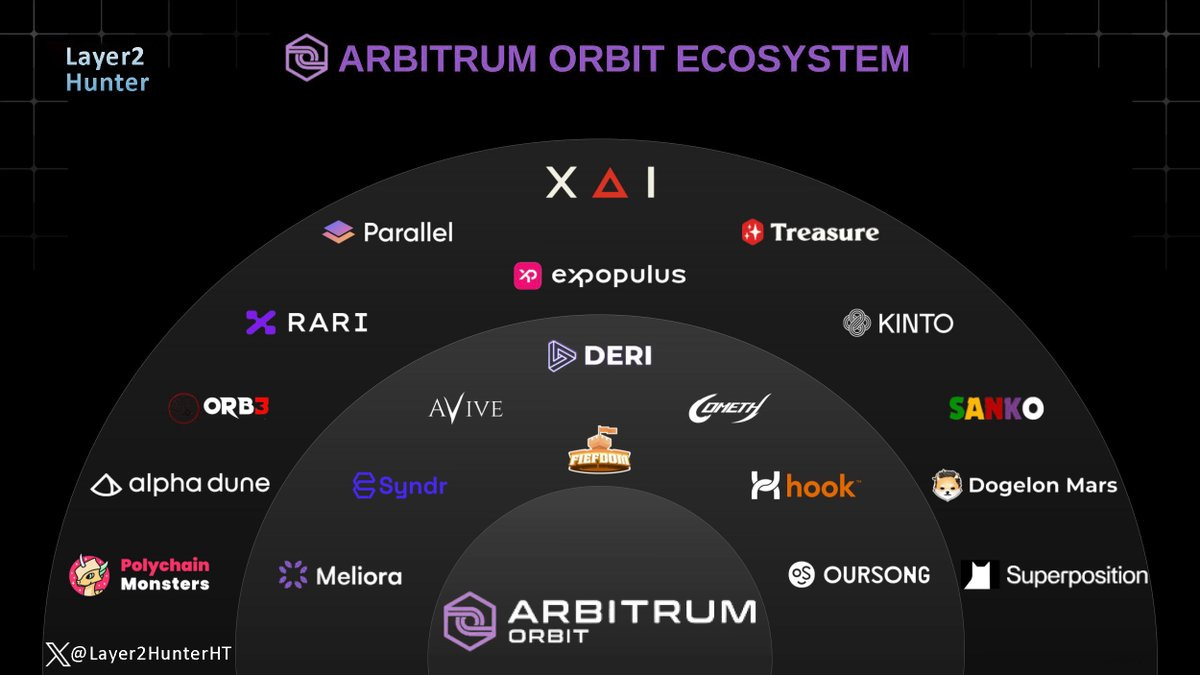
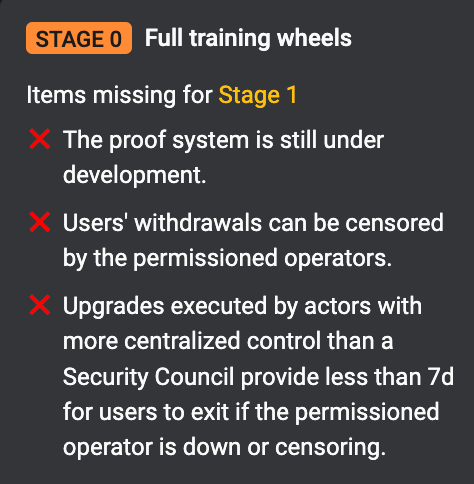

Bullish Arb